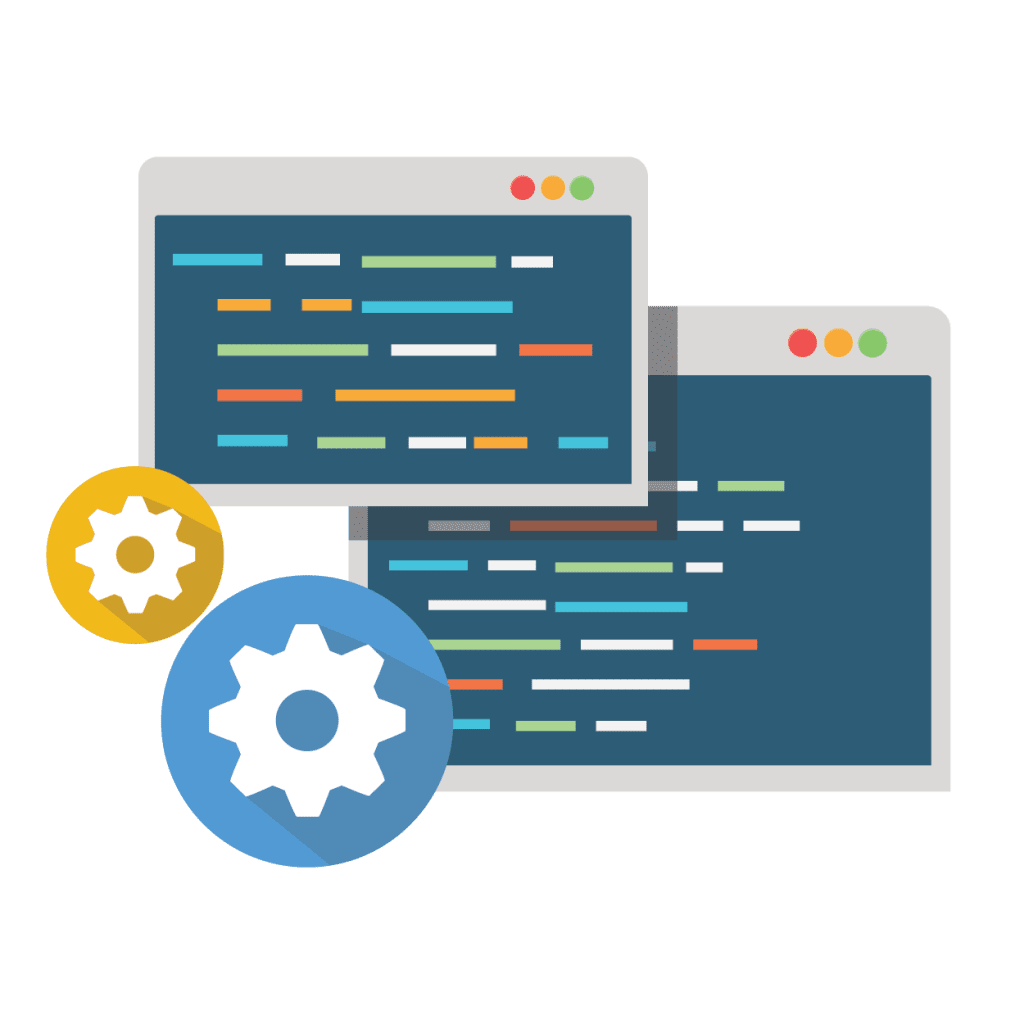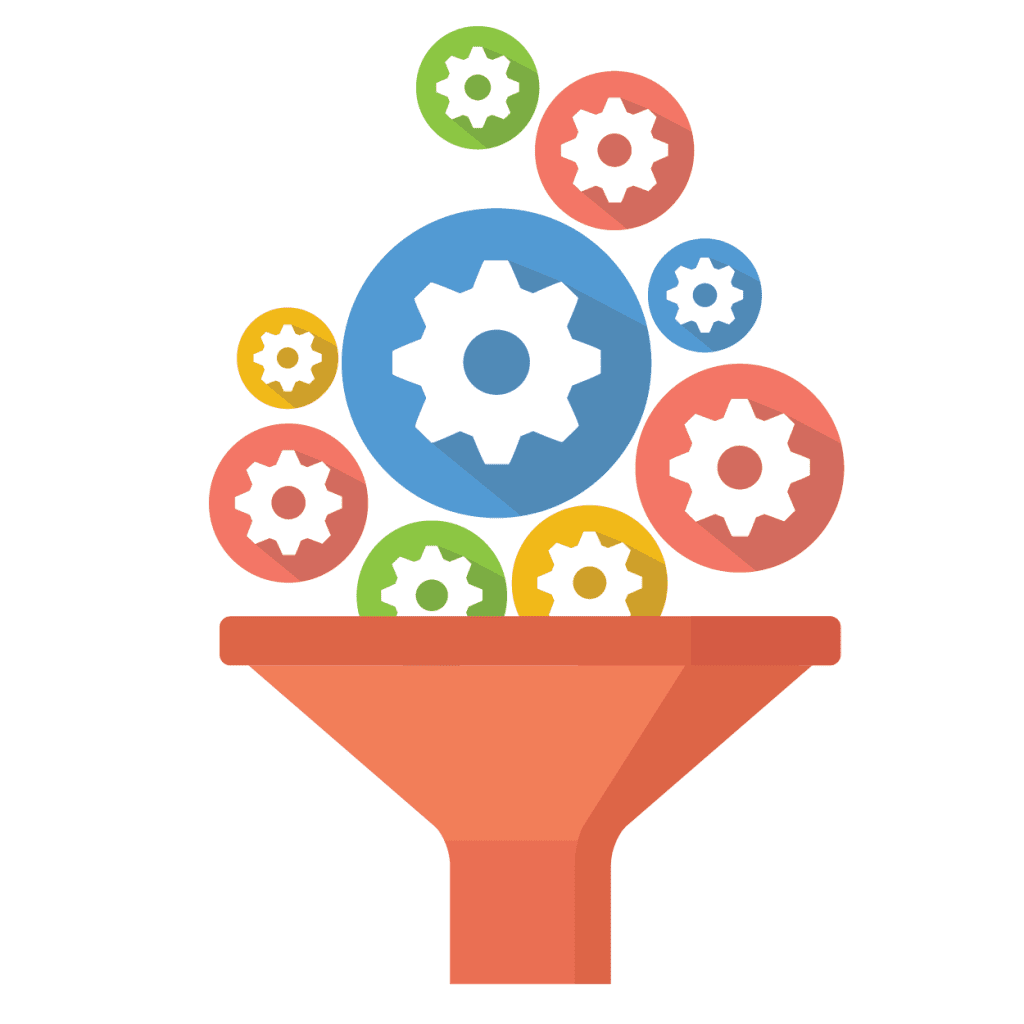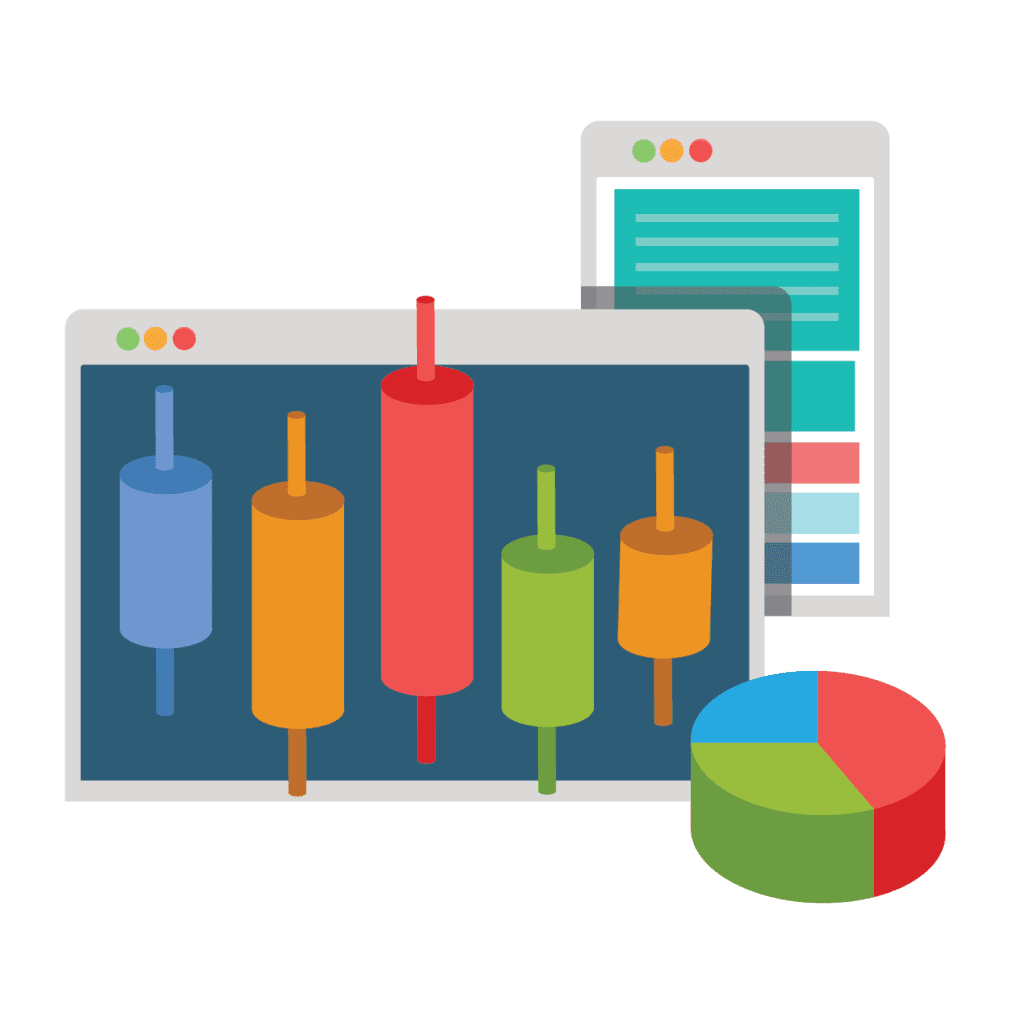Don’t Let Old Software Hold You Back
If your business is still using old software, you’re not alone. Many companies continue working with systems they’ve had for 10, 15, or even 20 years. While these systems may have served you well, all software has a lifespan, typically around 7 to 15 years. After that, problems start to grow: things run slowly, updates stop, support disappears, and data migration becomes more difficult. You may also face security risks, data loss, or software crashes.
One of the biggest concerns when thinking about replacing old software is what happens to your data. After all, you’ve likely built up years of valuable information, from customer records and order histories to stock lists and invoices. The good news is that migrating data to a new system doesn’t have to be stressful or risky. With the right planning and support, the process can be smooth, safe and efficient.
In this guide, we’ll explain how to move your data safely from old software, what to avoid, and how the right support can make the process easy and secure.
Why Replacing Old Software Usually Involves Data Migration
Moving on from old software isn’t just about getting something new or modern; it’s about protecting how your business runs. As software reaches the end of its lifespan, it becomes harder and more expensive to maintain. Features stop working, updates are no longer released, and the software can’t keep up with new technology or regulations.
This is why data migration; moving your important information into a new system; is essential when replacing a legacy software system. But it’s not just a simple copy-and-paste job. Your current system might contain errors, duplicates, or outdated details. A proper data migration helps clean and organise everything, so your new system works smoothly from the start.
What Is Data Migration?
Data migration means moving all your business information; like customer contacts, sales records, and stock data; from your old software to your new one. Think of it like moving house: you wouldn’t take everything with you without sorting it first. You’d throw out old items, tidy things up, and only keep what you need.
The same goes for data. It should be reviewed, cleaned, and matched with the new system so you start fresh, with no lost records and no confusion.
How Long Does Old Software Last?
Most off-the-shelf software comes with a limited lifespan. After a few years, the company that made it usually stops offering updates, security fixes, and support. This often happens because they’ve released newer versions and no longer maintain the older ones. As a result, your system can become less secure and may not work well with modern tools or apps.
Bespoke, or custom-built, software usually lasts longer because it’s made specifically for your business. It can often be updated or expanded to keep up with your needs. However, even well-built bespoke software will eventually reach the end of its lifespan as technology changes.
If your software is over ten years old, it’s likely past its best. At this stage, it may be slowing down your daily work, creating extra costs for maintenance, or making it harder to grow your business.
A Step-by-Step Plan for Data Migration from Old Software
If you’re moving away from old software, safely migrating your data is one of the most important steps. Here’s a straightforward plan to help make the process smooth and stress-free:

1) Review Your Current Data
Start by checking what data you have. Is it complete? Are there any mistakes or duplicates? Knowing what you’re working with helps you avoid surprises later.

2) Decide What to Keep
Not all data needs to be moved. Some may be out of date or no longer needed. Keep what’s still useful; this makes your new system cleaner and easier to manage.

3) Clean and Tidy Up
Fix errors, fill in missing details, and filter out duplicates. This is your chance to improve data quality before the move. Clean data works better and causes fewer problems in the new system.

4) Map Your Data Fields
Match up your current data with the structure of the new system. For example, if your old software uses the word “supplier” and the new system says “vendor”, make sure everything lines up. This step is often called data mapping.

5) Run a Test Migration
Before moving everything, do a small trial run. Move a sample of your data into the new system and check that it looks and works as expected. This helps catch issues early.

6) Migrate the Full Data Set
Once you’ve tested and made any needed changes, you can move all the data. It’s best to do this outside working hours to avoid any disruptions to your day-to-day tasks.

7) Check and Confirm Everything
After the migration, go through the new system to check that all the data is present and correct. Run reports, search for records, and ask others to test too. Any small issues can then be fixed straight away.
Why Work with a Software Partner to Replace Old Software?
Replacing old software and migrating data can be tricky; especially if your current system is outdated. A good software partner can:
- Explain everything in plain English
- Help you plan a step-by-step migration
- Tidy and prepare your data
- Keep downtime to a minimum
- Offer help before, during and after the change
At BSPOKE Software, we help businesses like yours safely move on from old software every day. We create custom systems that suit the way you work; with clean data, smooth tools, and modern features. Check out our case study where we outline replacing a legacy software system.
Let’s chat about your data migration. If you’re unsure where to start or just want to make sure nothing gets lost, we’re here to help. Get in touch today and take the first step towards leaving old software behind.
The Benefits of Migrating Data from Old Software
Fewer Errors and More Reliable Data
Over time, old software often collects mistakes, like duplicate records, missing fields, or incorrect entries. A proper migration gives you the chance to clean and organise your data so that everything is accurate and up to date in your new system.
Faster Access to Information
Clean, well-organised data is easier to search and sort. This means you and your team can find the right details quickly; whether it’s customer records, orders, or reports; saving time and reducing frustration.
Clearer, More Accurate Reporting
With messy or missing data, reports from old software can be confusing or misleading. A successful data migration means your reports are based on reliable information, helping you make better business decisions.
Easier Day-to-Day Work
When data is migrated properly, it fits neatly into your new software. That means fewer errors, less time spent fixing problems, and smoother workflows; so staff can focus on their jobs instead of chasing missing details.
Safer Data and Stronger Security
Old software may not be well protected against modern threats. When data is moved to a newer system during migration, it benefits from better security features, helping to keep customer and business information safe and reducing the risk of data breaches.
Ready for the Future
Good data migration prepares your information for use with newer tools; like cloud-based systems, mobile apps, or modern reporting dashboards. You’ll be better connected and more flexible for whatever comes next.
Less Risk of Data Loss
Waiting too long with old software can be risky. If the system crashes or becomes unsupported, you could lose access to valuable data. Migrating your data early helps prevent this, giving you peace of mind that everything important is safely backed up and usable.
Easier Audits and Compliance
Organised and complete data helps with legal or financial audits, and it supports your GDPR responsibilities. A clean data migration means your records are easier to manage and prove if needed.
What if You Don’t Migrate Properly?
If data migration isn’t done carefully, it can cause serious problems for your business. Here’s what might happen, with examples:

Confused Staff
If the data is missing or ends up in the wrong place, staff won’t know where to find what they need.
Example: A sales team logs into the new system and can’t find recent customer orders because the information didn’t transfer properly.
Lost or Broken Data
Important information can go missing during the move, or it might not work correctly in the new system.
Example: Customer addresses might be lost or jumbled up, meaning deliveries get sent to the wrong places.


Risk of Breaking Data Laws
If personal data isn’t handled properly during the move, it could break rules like GDPR and put your business at risk of fines.
Example: Old, outdated customer data is transferred without checking if you still have permission to keep it.
Delays for Customers
When staff can’t find the right data, it slows everything down and can lead to poor service.
Example: A support team takes longer to respond to a query because the customer’s history didn’t transfer over.


Extra Work to Fix Problems
If the migration is messy, your team may have to spend hours fixing errors or re-entering data by hand.
Example: Admin staff need to manually correct hundreds of contact details because the formatting didn’t match the new system.
Final Thoughts: Move On With Confidence
If you’ve been using old software for years, now could be the right time to move on. Replacing it isn’t just about getting something new; it’s about making your business stronger, faster, and more secure.
You don’t have to do it alone. At BSPOKE Software, we help you plan, clean, and migrate your data safely; so you can start fresh with a system that truly works for you. Ready to replace your old software and move your data safely? We’re here to help. Get in touch to learn how we can support you through every step, with no lost data, no technical confusion, and no stress.

